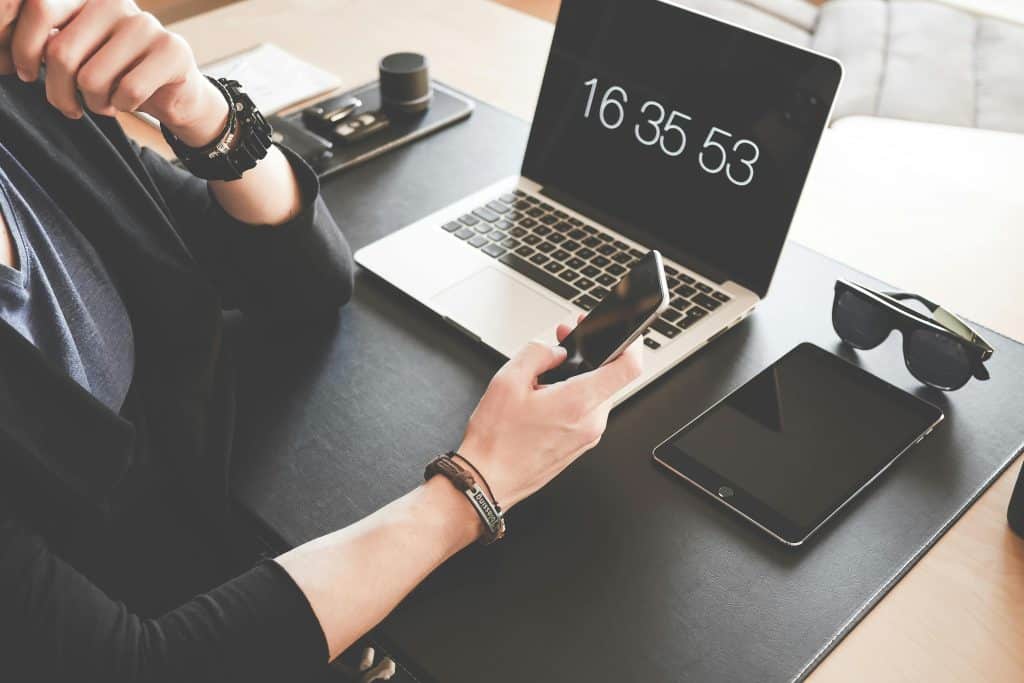In a world where screens dominate attention, many professionals and creators feel drained, distracted, and creatively depleted. Yet an emerging trend shows that digital breaks strengthen analog thought—meaning purposeful offline time enhances creativity, problem-solving, and deep reflection. Whether it’s a tech leader stepping away from emails or a student working out ideas on paper, these moments away from screens are proving essential for forward-thinking minds.
This article guides you through current research and hot discussions, shares practical methods, and explains why balancing digital and analog time is more than just wellness—it’s a creativity multiplier.

Why Digital Breaks Matter for Analog Thought
People often assume more screen time means more productivity—but neuroscience suggests the opposite. Heavy digital exposure fragments attention and increases stress hormones, while analog spaces encourage sustained focus, innovation, and mental restoration.
1. Screens fragment attention
A Journal of Experimental Psychology study found switching between tasks on screens can reduce productivity by up to 40%. Brief, frequent breaks interrupt this flow and help preserve mental energy.
2. Analog tasks restore the mind
Writing by hand, sketching ideas, or having pen-and-paper conversations activate different brain networks. A study in Scientific American explains that handwriting engages sensory-motor systems linked to memory and reflection.
3. Rest stimulates insight
Known as the “incubation effect,” stepping away from focused work—like taking a walk—lets the subconscious mind process complex ideas. Meta-analysis confirms that breaks enhance creative problem-solving and innovation.
Emerging Trend: Intentional Analog Time in High-Tech Environments
Corporate retreats now include “no-screen days.” Design teams pad whiteboards and sticky notes with analog thinking sessions. Meanwhile, app developers build “focus modes” to encourage offline work.
Leading thinkers, including Arianna Huffington and Cal Newport, also stress the role of analog activity in sustaining focus and clarity.
How Digital Breaks Strengthen Analog Thought in Practice
Here’s a step-by-step approach professionals and creators use to harness analog clarity:
1. Block scheduled unplugged time
Avoid checking screens during meals, before bedtime, or immediately after waking up. The American Psychological Association found tech-free evenings improve rest and mood.
Quick start:
- 5–10 minutes offline after lunch
- A 20-minute pre-bed screen-free window
- Daily moments where screens are closed and analog tools are open
2. Use low-tech notetaking
Instead of typing in meetings or lectures, use pen and notebook. Research shows handwriting enhances idea retention and depth.
3. Sketch to clarify complex concepts
Drawing or mapping ideas aids understanding—especially for visual and spatial learning. UI/UX consultants in Silicon Valley frequently sketch during ideation to unlock creative flow.
4. Walk-and-talk sessions
Walking while discussing or thinking aids divergent thinking. Studies confirm walking increases idea fluency and flexibility.
5. Weekend screen sabbaticals
Spending a day offline preserves mental clarity, reduces stress, and improves next-week focus.
Emerging Tools That Promote Analog Thinking
Pen Cam Apps
Tools that capture handwritten notes digitally—like Moleskine Flow—combine analog input with digital storage for easy retrieval.
Convertible Tablets
Devices with stylus support offer hybrid workflows, enabling users to write on screen without full screens, reducing notifications’ pull.
Analog Rooms in Offices
More companies dedicate screen-free spaces with whiteboards and paper, where employees can retreat for creative focus.
Step-by-Step Guide: Integrating Digital Breaks and Analog Practice
Step 1: Audit Your Screen Time
Use apps like RescueTime to understand your patterns. Look for high-friction moments—like automatic checking during short breaks.
Step 2: Define Analog Break Zones
Choose specific times/areas for unplugged activity. For example:
- 10 minutes after each meeting
- No computers at night
- Phone-free zones: dining table, reading spots
Step 3: Choose Analog Methods
Depending on your goals:
- Draft ideas: pen + journal
- Map plans: mind map on paper
- Reflect: handwritten learning journal
- Ideate: sticky-note brainstorming
Step 4: Practice Incubation
After a focused work session:
- Write a one-sentence summary
- Step away for 10–20 minutes to walk or stretch
- Return and review for fresh insight
Step 5: Transition Back Strategically
Take 2–3 deep breaths, open tools in a limited manner, and resume work intentionally.
Step 6: Reflect Weekly
Ask yourself:
- Which analog tools improved clarity?
- Did sketching insights or taking handwritten notes lead to breakthroughs?
- Should you expand screen-free intervals?
Benefits Reported by Professional
- Better mental clarity
- Deeper ideation and problem-solving
- Improved sleep and stress reduction
- Stronger ownership of ideas, not just cursor clicks
Common Challenges and Workarounds
| Challenge | Workaround |
|---|---|
| Urge to check messages | Use airplane mode or screen blockers |
| Feeling unproductive offline | Journal 3 ideas or sketches from thinking |
| Losing digital copies of notes | Snap analog notes with phone for backup |
Why the Trend Matters Now
With AI, remote work, and automation on the rise, screen time isn’t optional. Instead, top performers develop digital hygiene to think deliberately. Analog breaks are now recognized as essential routines, much like meditation or exercise.
Conclusion
How digital breaks strengthen analog thought isn’t a passing productivity trend—it’s a cognitive reset strategy. As digital overload extends human attention, carving analog windows supports creativity, insight, and clarity.
Restore your thinking power by:
- Scheduling digital breaks
- Writing by hand
- Walking as part of reflection
- Sketching and mapping ideas
- Reviewing and optimizing offline routines
These shifts help realign your mind with full focus—to think better, not just work faster.
References
- Rubinstein, J.S., Meyer, D.E., & Evans, J.E. (2001). Executive control of cognitive processes in task switching. Journal of Experimental Psychology.
- Scientific American. (2014). Why writing by hand is better for memory and learning.
- American Psychological Association. (2022). Evening screen time and sleep quality.
- Oppezzo, M., & Schwartz, D.L. (2014). Give your ideas some legs: Walking helps creative thinking. Journal of Experimental Psychology: Learning, Memory, and Cognition.









